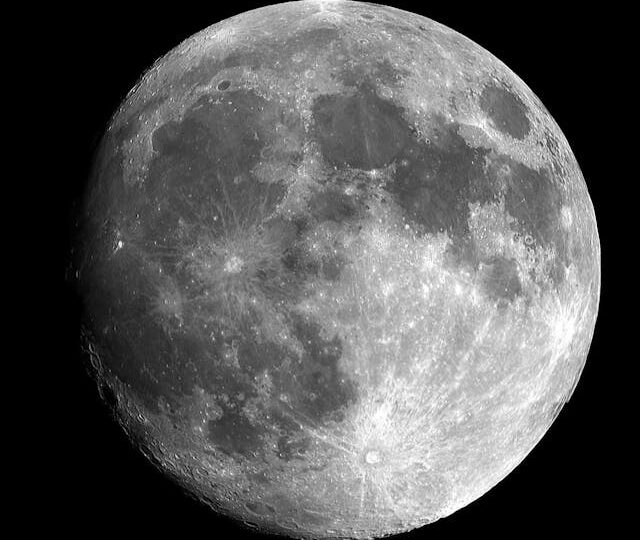Hello, aspiring lunar settlers and space explorers! As we look toward the stars and ponder our future, one of the most captivating questions is whether humanity can establish a permanent presence on the Moon. This idea, once relegated to science fiction, is increasingly within the realm of possibility thanks to advancements in space technology, international collaboration, and burgeoning interest from both governmental and private sectors. In this post, we’ll explore the feasibility of inhabiting the Moon and building a sustainable moon base.
Why the Moon?
The Moon has always held a special place in our imaginations, and there are several practical reasons for focusing on lunar colonization:
- Proximity: At an average distance of 384,400 kilometers (238,855 miles) from Earth, the Moon is our closest celestial neighbor. This makes it an ideal candidate for exploration and colonization, as it allows for relatively quick and cost-effective travel.
- Resources: The Moon is rich in resources that could support human life and industrial activity. These include water ice in permanently shadowed craters, which can be used for drinking water, oxygen, and even rocket fuel. Additionally, the Moon’s surface is abundant in materials like silicon, aluminum, and titanium, which can be used for construction.
- Scientific Opportunity: Establishing a moon base would provide unparalleled opportunities for scientific research. The Moon’s low gravity and lack of atmosphere offer a unique environment for experiments in physics, astronomy, and biology.
Challenges to Overcome
Building a sustainable moon base is not without its challenges. Here are some of the most significant hurdles we need to address:
- Radiation: Unlike Earth, the Moon lacks a protective atmosphere and magnetic field. This means that lunar inhabitants would be exposed to higher levels of cosmic radiation. Solutions to this problem include building habitats underground or covering them with a thick layer of lunar soil (regolith) to shield against radiation.
- Temperature Extremes: The Moon experiences extreme temperature fluctuations, ranging from about 127°C (260°F) during the day to -173°C (-280°F) at night. Insulating habitats and developing systems to regulate temperature will be crucial for ensuring the safety and comfort of lunar inhabitants.
- Microgravity: The Moon’s gravity is only one-sixth that of Earth’s. Prolonged exposure to low gravity can have detrimental effects on human health, such as muscle atrophy and bone density loss. Researchers are exploring ways to mitigate these effects, such as through exercise regimens and potential artificial gravity solutions.
- Logistics and Supply Chains: Establishing and maintaining a moon base will require a robust and reliable supply chain. This includes regular transport of materials, equipment, and possibly people. Advances in reusable rocket technology, like SpaceX’s Starship, are promising in this regard, but the infrastructure to support continuous lunar missions is still in development.

Recent Progress and Future Plans
Significant progress has been made in recent years toward making lunar habitation a reality:
- Artemis Program: NASA’s Artemis program aims to return humans to the Moon by 2024, with plans to establish a sustainable human presence by the end of the decade. This program includes the development of the Lunar Gateway, a space station that will orbit the Moon and serve as a staging point for lunar surface missions.
- Commercial Involvement: Companies like SpaceX, Blue Origin, and others are playing a crucial role in lunar exploration. SpaceX’s Starship, for example, is designed for deep-space missions and could be instrumental in transporting people and cargo to the Moon.
- International Collaboration: Countries such as China, Russia, and members of the European Space Agency (ESA) are also planning their own lunar missions. International collaboration will be key to sharing resources, knowledge, and reducing costs.
Conclusion
The dream of inhabiting the Moon and building a moon base is no longer a far-fetched fantasy. With continued technological advancements, international cooperation, and a clear commitment from both governmental and private entities, establishing a sustainable human presence on the Moon is within our grasp. As we venture forth, we not only stand to gain scientific knowledge and technological advancements but also take a significant step toward becoming a multi-planetary species. The Moon is just the beginning, and its exploration will undoubtedly pave the way for future endeavors into deeper space.
Stay tuned to GertieBlu for more updates on space exploration and the exciting journey of humanity reaching for the stars.









